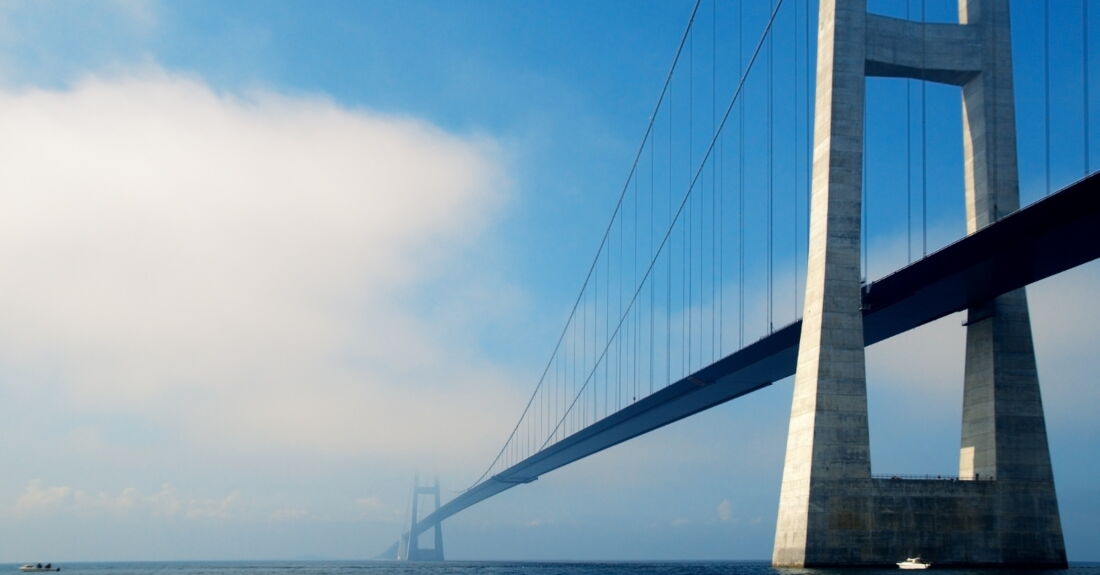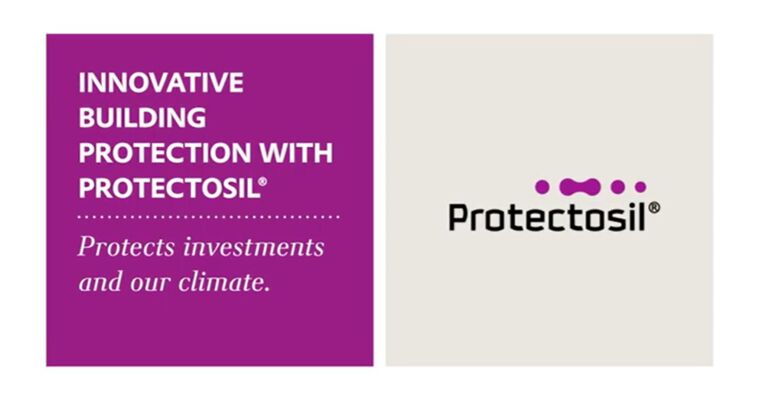
Hydrophobization
Protectosil® guards against moisture
Moisture is the biggest threat to the substance of buildings and regularly causes major damage. Protectosil® water repellents penetrate deep into the surface, protecting it from water and the contaminants contained therein.
If moisture is allowed to enter a building, this can lead to major damage in the long run: Mold, efflorescence, corrosion or freeze thaw attack the building substance and can even destroy it. To protect a building, it is therefore vital to prevent water penetration in the first place.
Concrete, granite, bricks and sandstone all soak up water and the contaminants it contains. The capillary effect that occurs in narrow cavities then transports the moisture from the surface ever further into the building.
Depth effect makes all the difference when protecting buildings
Protectosil® water repellents spread deep under the surface and form an inseparable bond with the building material. The chemical reaction creates a water-repellent unit that provides effective and long-lasting protection against moisture.
Pure surface coatings wear off over the years as a result of UV radiation and other environmental influences. But because Protectosil® penetrates deep into the surface, neither wind nor weather can impair its protective effect. A one-off impregnation with Protectosil® provides decades of protection – making it a truly sustainable solution.
Building materials remain breathable despite hydrophobization
As Protectosil® does not seal the pores, the building substance remains breathable at the same time. This means that water vapor can still escape the building unhindered. When using other building protection agents such as acrylate systems, it’s a different story: They close the pores and the moisture is trapped under the surface, significantly damaging the building substance in the long run.
Natural look retained
Silane-based, deep-acting water repellents such as Protectosil® are therefore the ideal solution for guarding against moisture. Moreover, the natural appearance of the building material surface remains unaltered. Paints, varnishes or other coatings can be applied to buildings treated with Protectosil® without any issues.
Protectosil® can be used to treat all mineral building materials. The Sydney Opera House, Times Square in New York or the Federal Chancellery in Berlin are the most famous landmarks that are protected with Protectosil®, but the agent has long been used on bridges, parking garages and listed buildings as well.
What is the capillary effect?
The capillary effect transports liquids in narrow cavities. This effect can be observed especially well when inserting a straw in a half-full glass of water: The liquid rises up the straw. This is because of the surface tension at the places where the liquid touches the side of the straw, which increases the pressure in the vessel and pushes the liquid upward. Above a certain pore size, the capillary effect no longer occurs. In buildings, small cracks or even the pores in the building material are susceptible to the capillary effect.
The benefits of Protectosil® at a glance:
- Once applied, it protects buildings for decades
- Protectosil® is breathable – subsequent damage due to residual moisture is ruled out
- Maintenance costs are lowered considerably
- Thanks to its deep-acting hydrophobization, Protectosil® offers especially sustainable protection compared to other protective systems
- Natural look and feel retained
Videos

General Borchure

